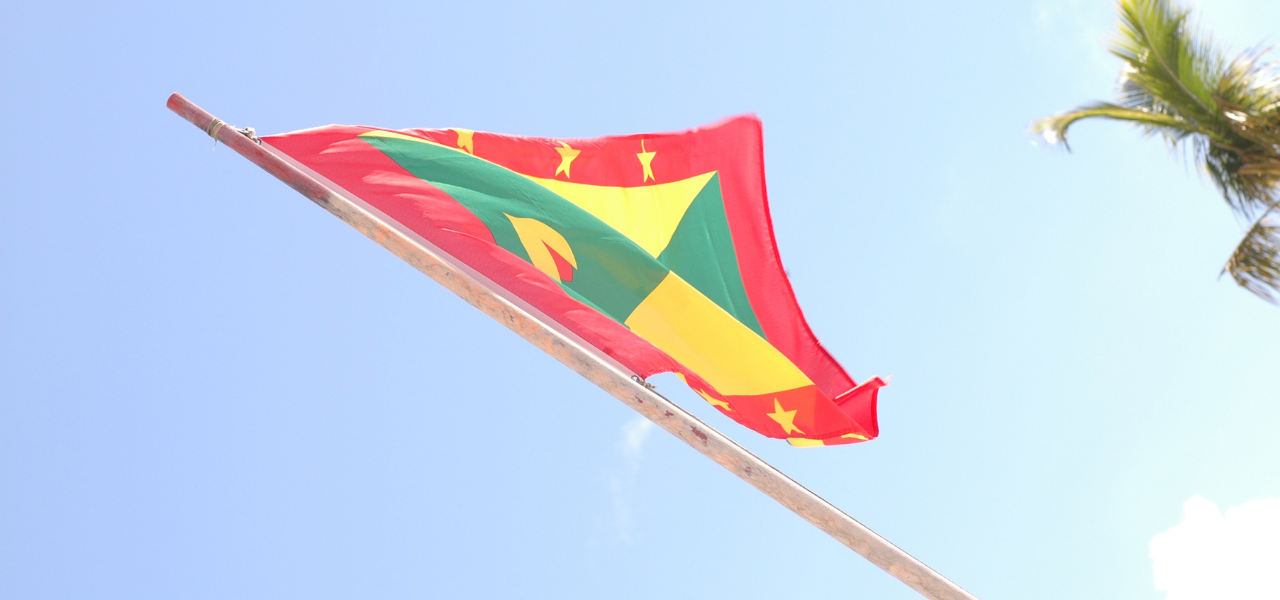Grenada CBI: Cultural Orientation - Shortknee
Grenada Citizenship by Investment continues to evolve, and cultural orientation is expected to become a formal requirement for applicants. For those exploring Grenada - whether as visitors or prospective citizens - understanding Grenada culture through its living traditions, such as the Shortknee, helps appreciate the island’s identity and history.

As cultural orientation becomes increasingly central to Grenada Citizenship by Investment, exploring the island’s traditions provides an authentic understanding of Grenada culture. Among these, the Shortknee stands out as a unique and powerful expression found only in Grenada.
Grenada is an island filled with vibrant colours from the lush green of its mountainous terrain to the turquoise blue of its pristine waters. Even the picturesque capital of St. George, with its array of painted pastel buildings and orange rooftops, displays the colour and character of this island. Likewise, Shortknee, one of Grenada's oldest and most striking traditions, is breathtakingly colourful just the same.
Grenada Culture: the Shortknee
While many Caribbean islands share the tradition of Carnival, the Shortknee is a claim only Grenada can make as it is only found in Grenada. Its origin is rooted, like much of Grenada’s culture, in a unique blending of French, British and African influences which evolved into something distinctly Grenadian. This fusion of cultures remains at the heart of Grenada culture and offers valuable insight for anyone seeking citizenship through the Grenada CBI programme.
Grenada Culture: What Does a Shortknee Look Like?
The Shortknee has a few distinct features that make him stand out. He is completely covered from head to toe and therefore, his true identity is unknown to those who see him. The Shortknee's head and neck are covered with a white cloth, usually a bath towel fixed in place under the chin, giving a hood-like appearance, while his face is hidden behind a handmade painted metal mask. He sports a colourful and vividly patterned loose-fitting undershirt with long baggy sleeves, and a coloured bib overtop cover with small round reflective mirrors. These mirrors are said to ward off evil spirits and the negative intentions of his enemies. His pants, which are also loose-fitting and colourful, fall just under the knees, alluding to the name “Shortknee”. Below the knees he wears stockings or tights and at his feet are white shoes with a string of bells tied around both ankles, chiming on each step taken by a Shortknee so that he is heard before he is seen. In his hand is a bottle of powder that he scatters as he passes, creating a smoke or cloud-like aura. This visually striking appearance makes the Shortknee one of the most unique and enduring symbols of Grenada culture.
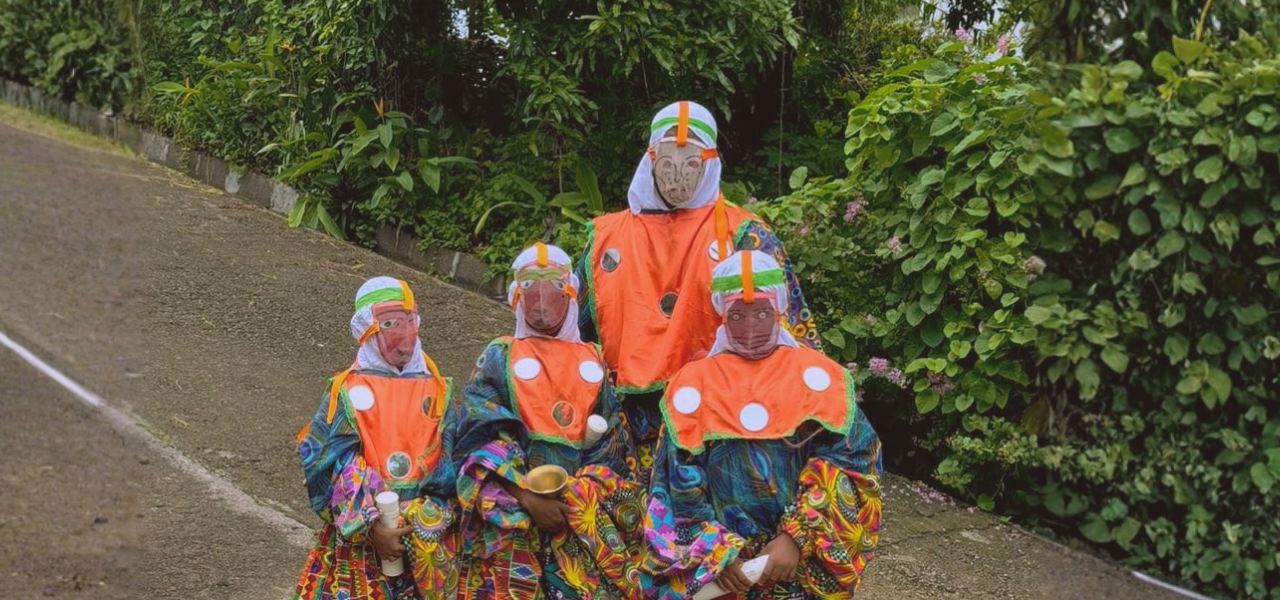
Grenada Culture: A Shortknee’s Performance
The Shortknee performs as a masquerade band or group. They are not accompanied by music. This group of masqueraders traverses the island from village to village with the band leader singing a call or chant and his fellow Shortknee singing the response. Their songs are unique, telling stories of history, political and social commentary and even village gossip, showcasing the poetic and lyrical prowess of the artform which includes impromptu compositions. They dance and march in synchrony, at times crunched over with feet being flown straight forward, as they tell their stories through song surrounded by a white veil of powder.
Anyone can participate in this Shortknee mas - men, women and children alike - and it is common to see very young children playing alongside their parents. A group of Shortknee is truly a sight like no other, dancing in the streets and going from house to house leaving only a white cloud and the sound of distant bells in their wake. For those interested in Grenada Citizenship by Investment, experiencing the Shortknee first-hand is a vivid introduction to the island’s creativity, unity, and cultural resilience.
Final Thoughts

The Shortknee is a cultural treasure seen only in Grenada. Its vivid costumes, songs, and symbolic bells combine to form one of the most authentic expressions of Grenada culture. As Grenada CBI requirements expand to include cultural orientation, traditions like the Shortknee will help future citizens connect deeply with the heart of Grenada culture and appreciate the values that define the Spice Isle. Experiencing the Shortknee firsthand - its colours, chants, and sense of unity - allows future citizens under Grenada CBI to embrace the true rhythm of the Spice Isle and the values that define it
Frequently Asked Questions
1. When is Shortknee played?
This traditional mas form is a usual feature of any cultural celebration in Grenada. The larger Shortknee bands are seen during the Spice Mas season.
2. How can I tell who is playing Shortknee?
On a rare occasion, you may invite a Shortknee to remove his or her face mask to see the individual behind the masquerader.
3. Is cultural orientation a requirement under the Grenada CBI Programme?
At present, Grenada has draft legislation, Eastern Caribbean Citizenship by Investment Regulatory Authority Agreement Bill, 2025, which mandates that individuals who obtain citizenship via the CBI programme undertake cultural orientation. This Bill is scheduled to be debated and passed by the Parliament in Grenada in the last quarter of 2025.
---
Co-author: Kaydissa Charles




.svg)





.png)


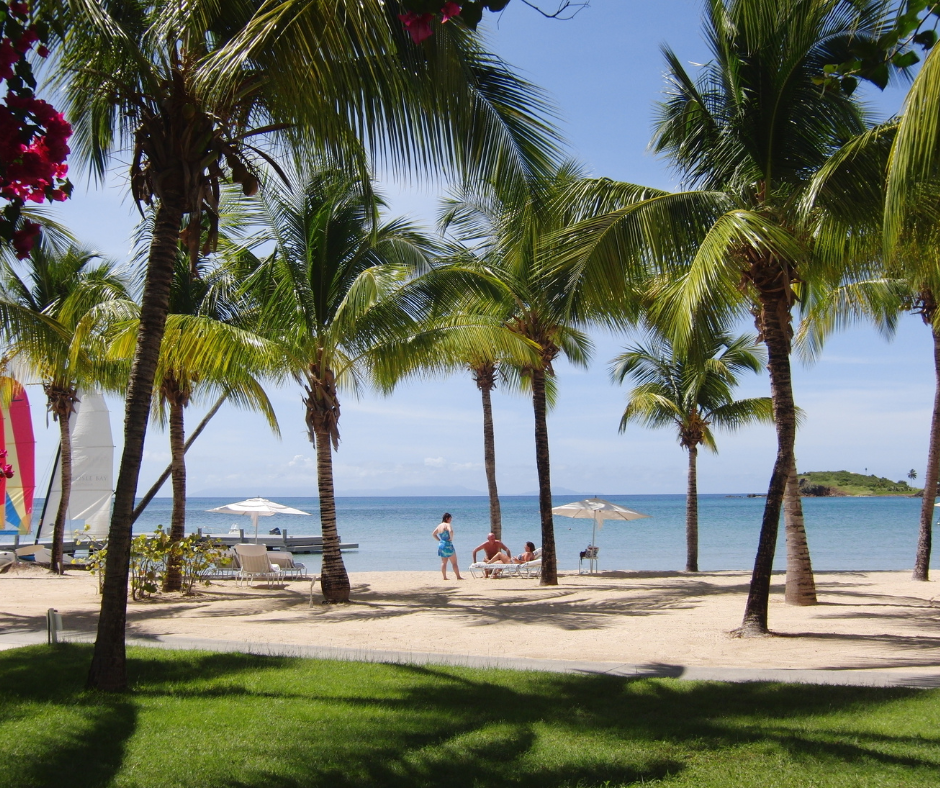
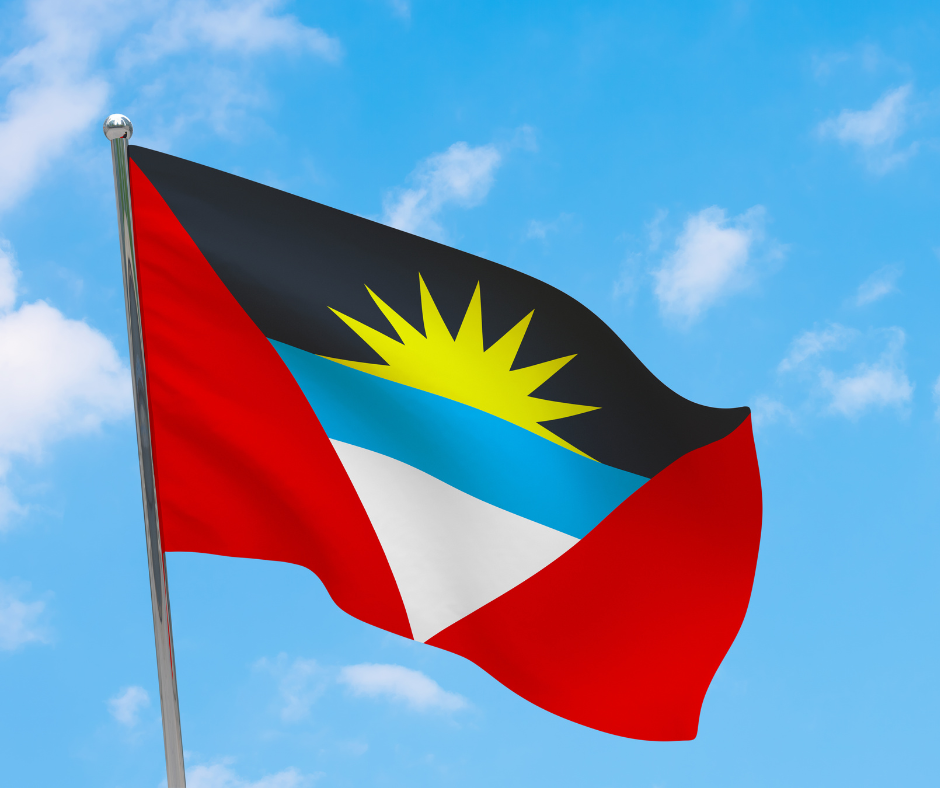
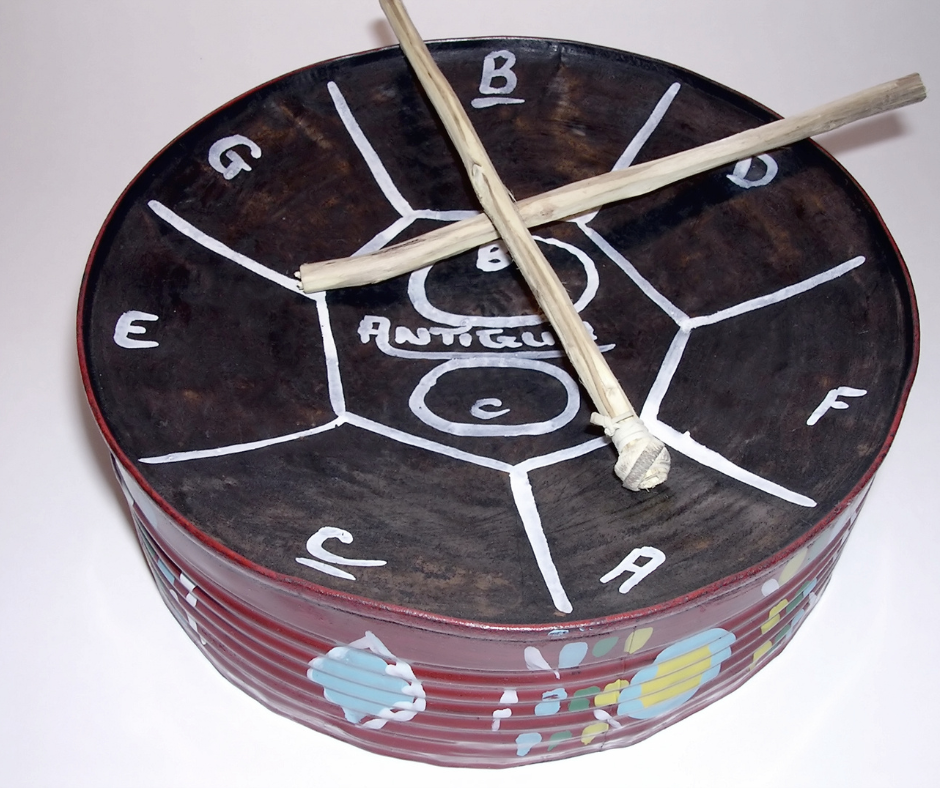
.png)
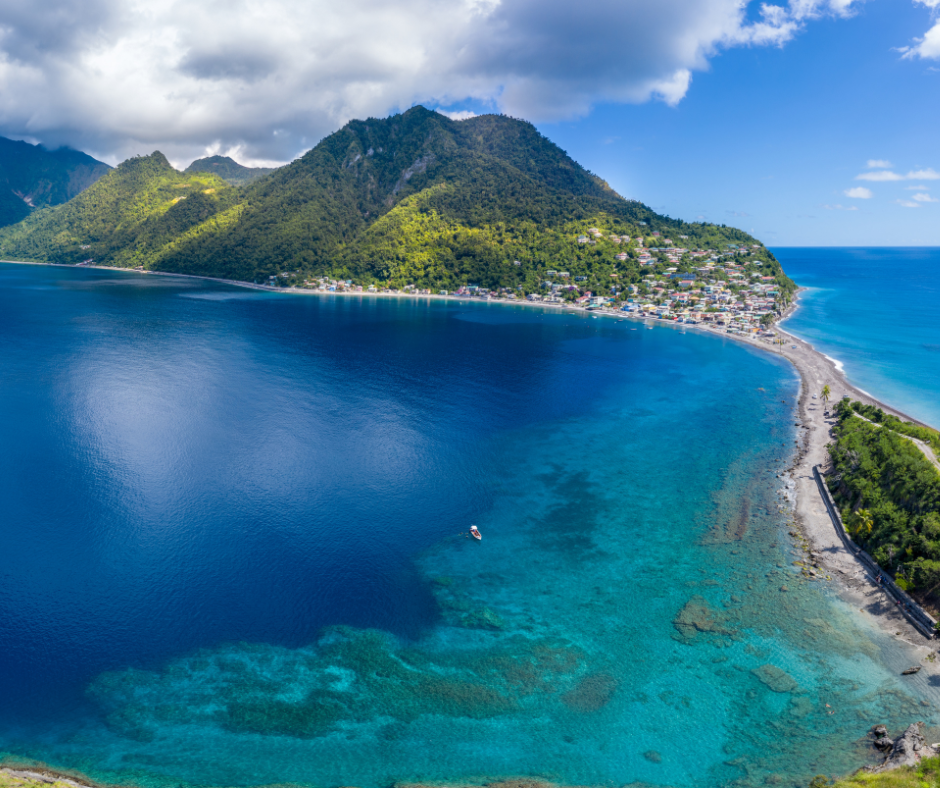
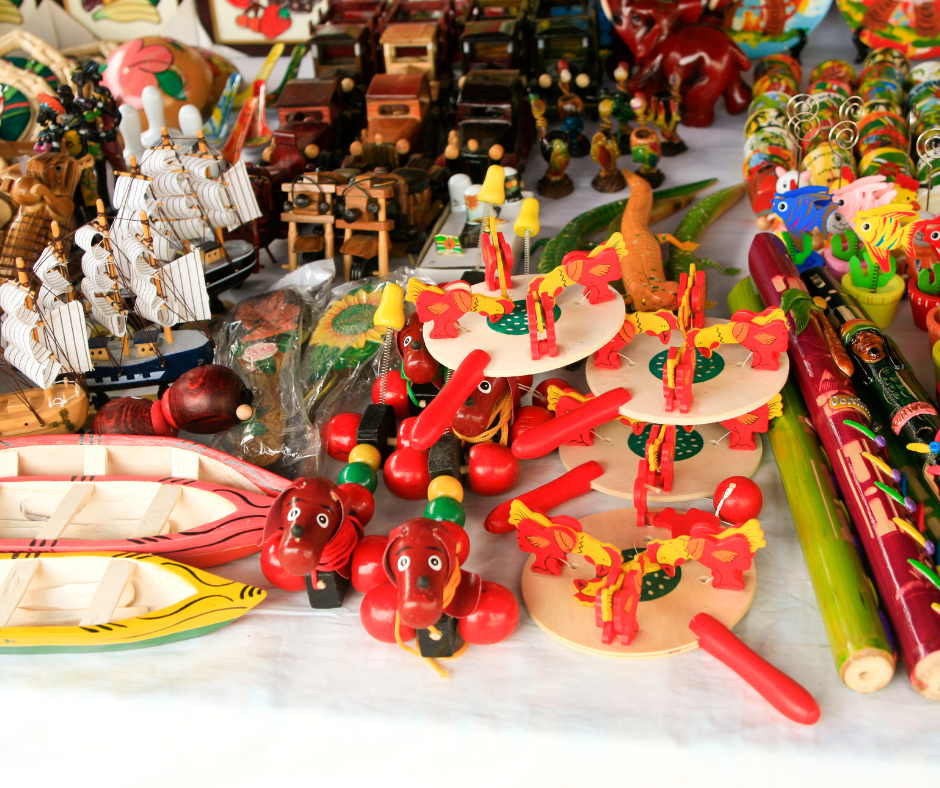

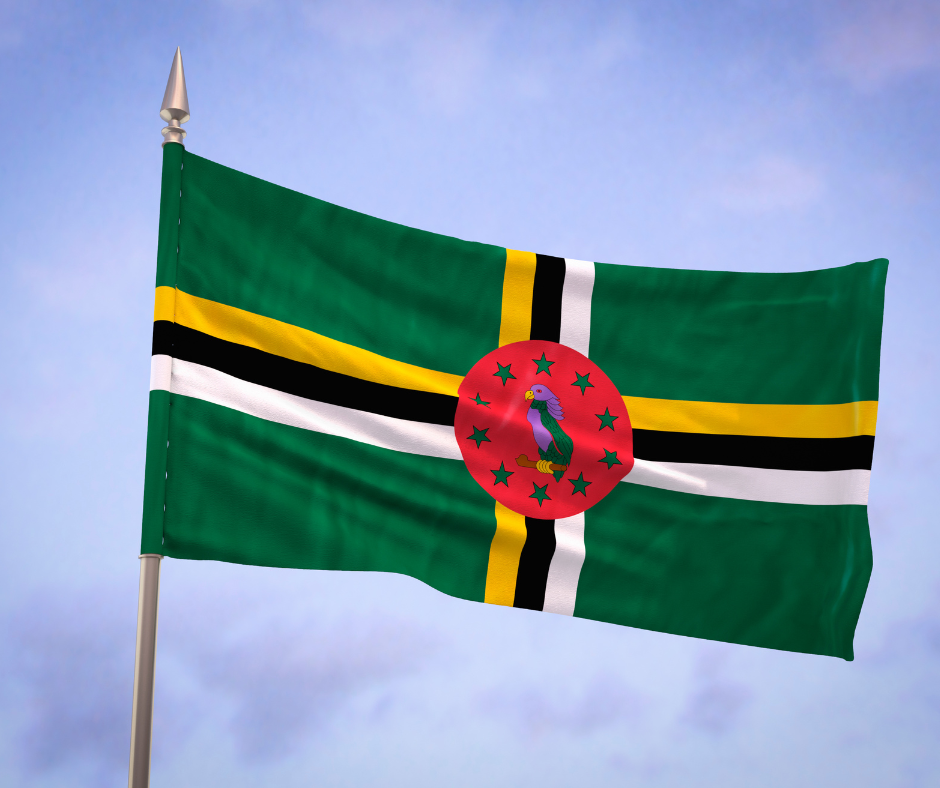

.png)
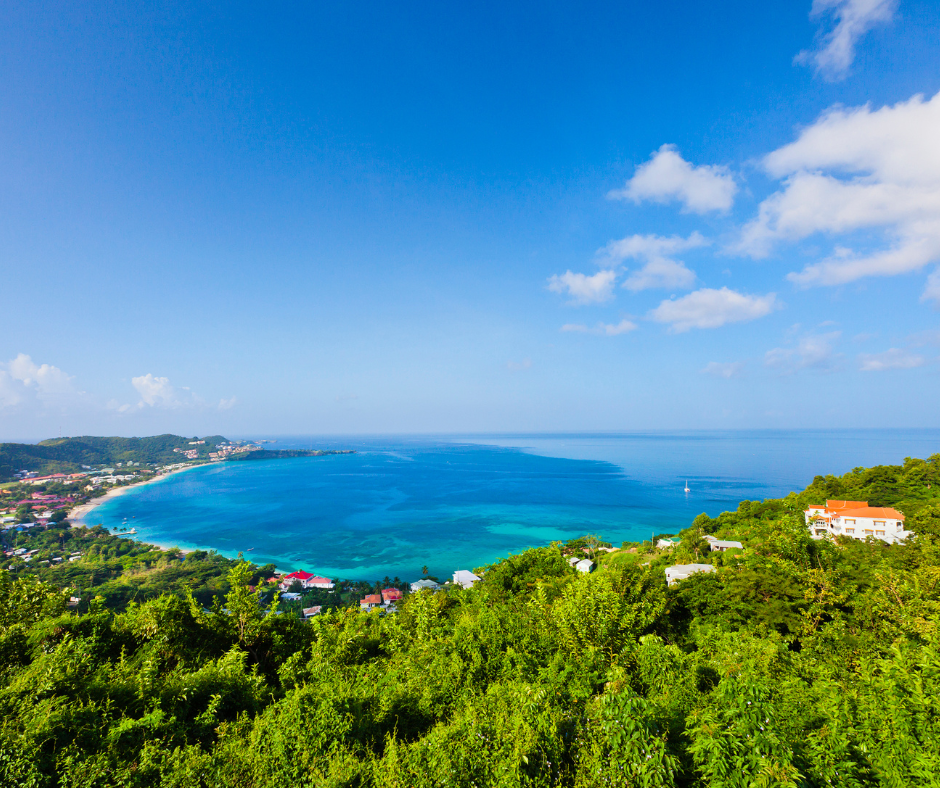
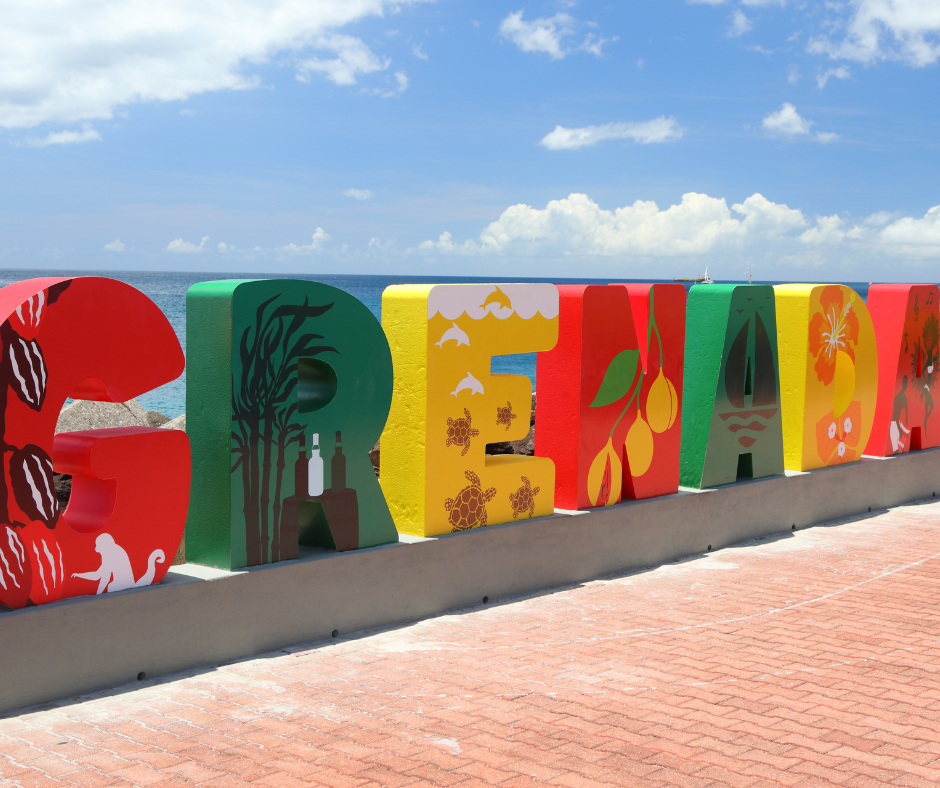
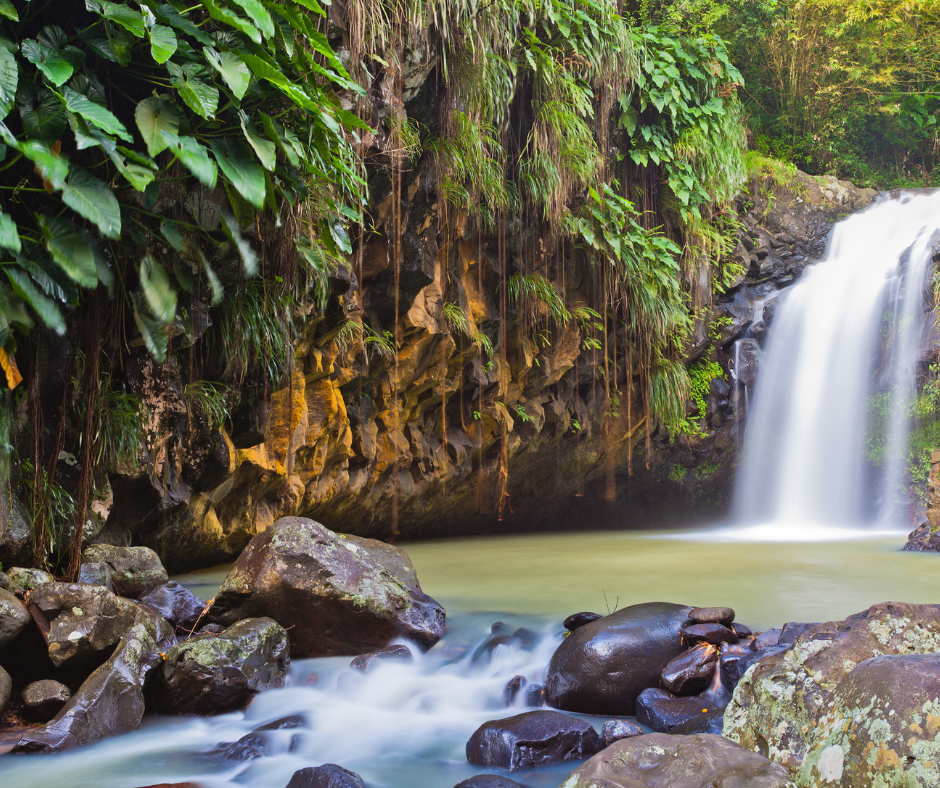


.png)
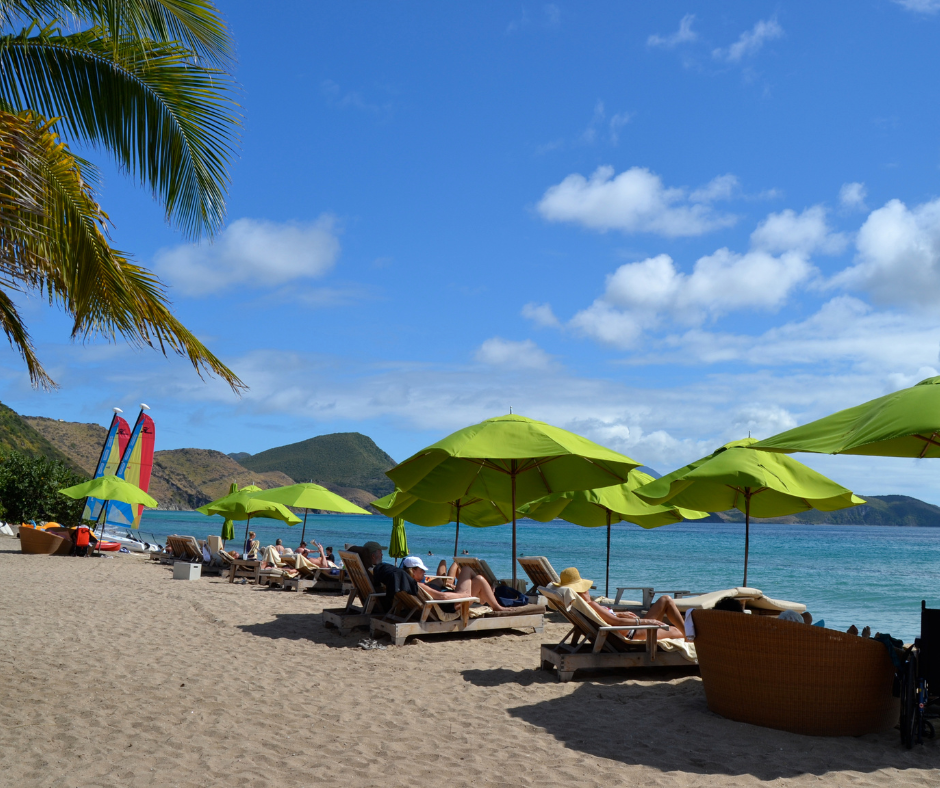


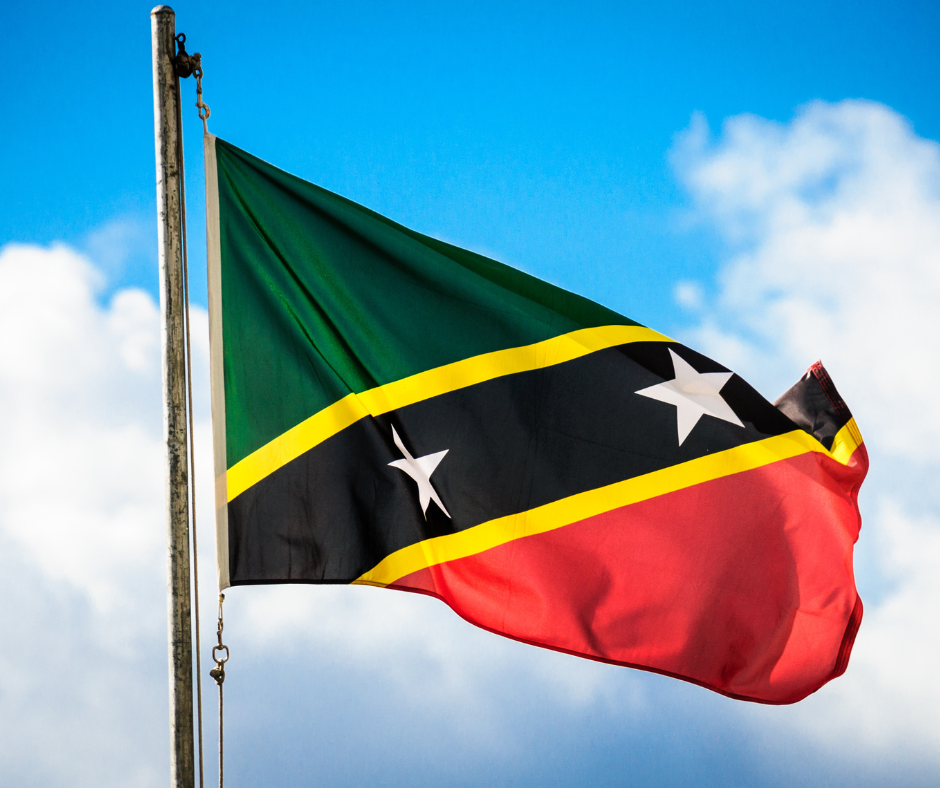

.png)
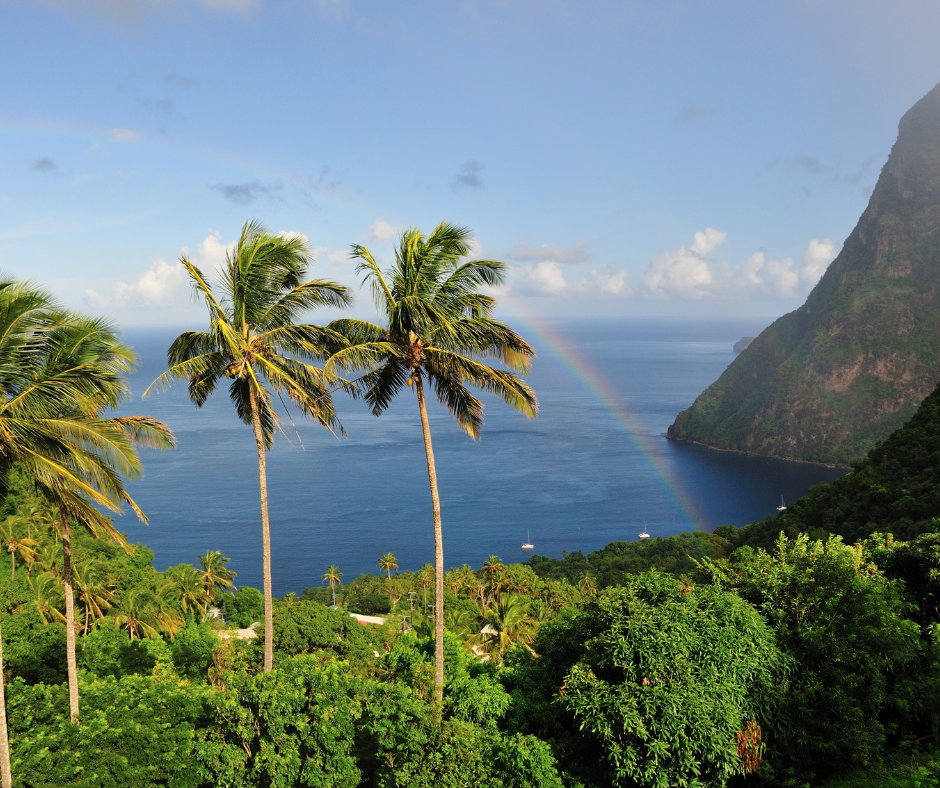
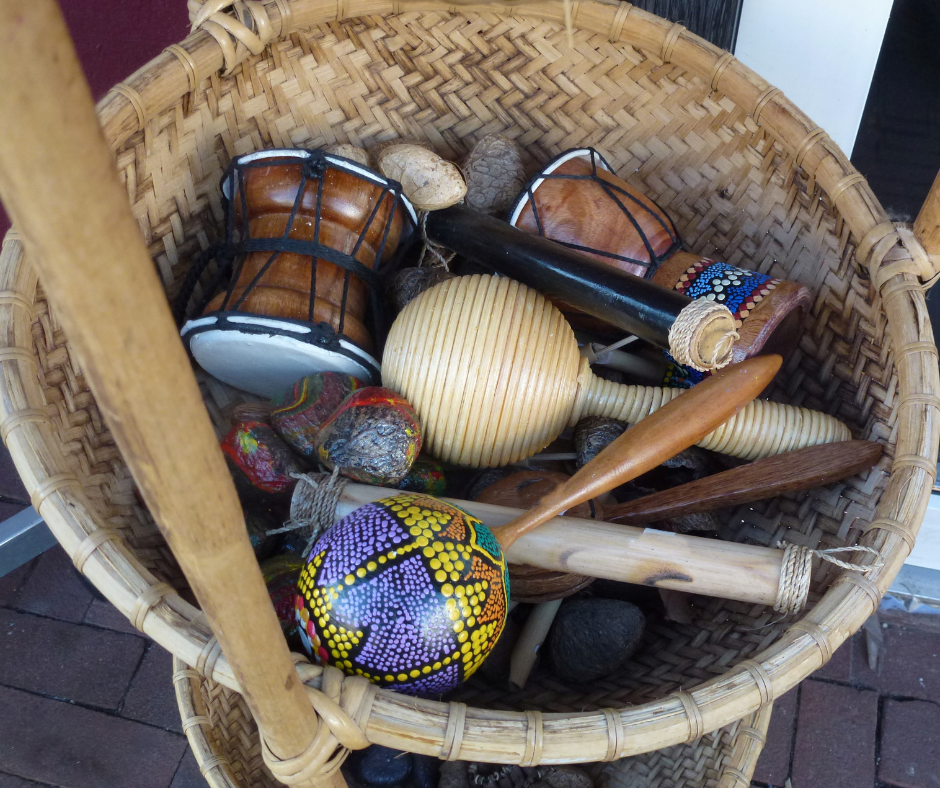


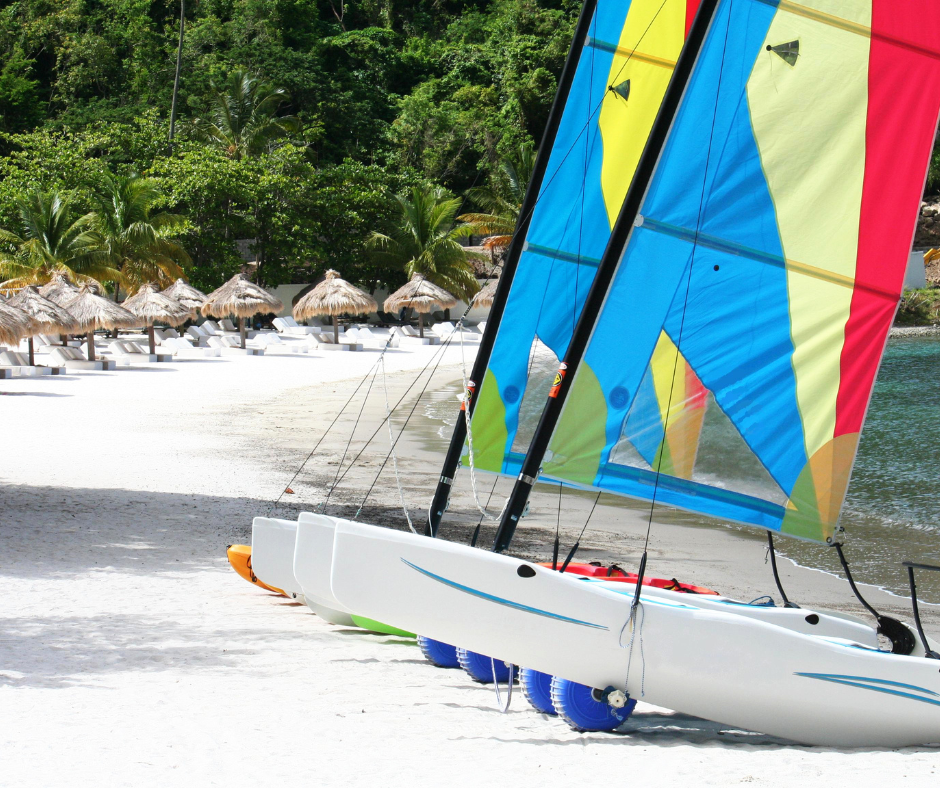
.png)

.png)
